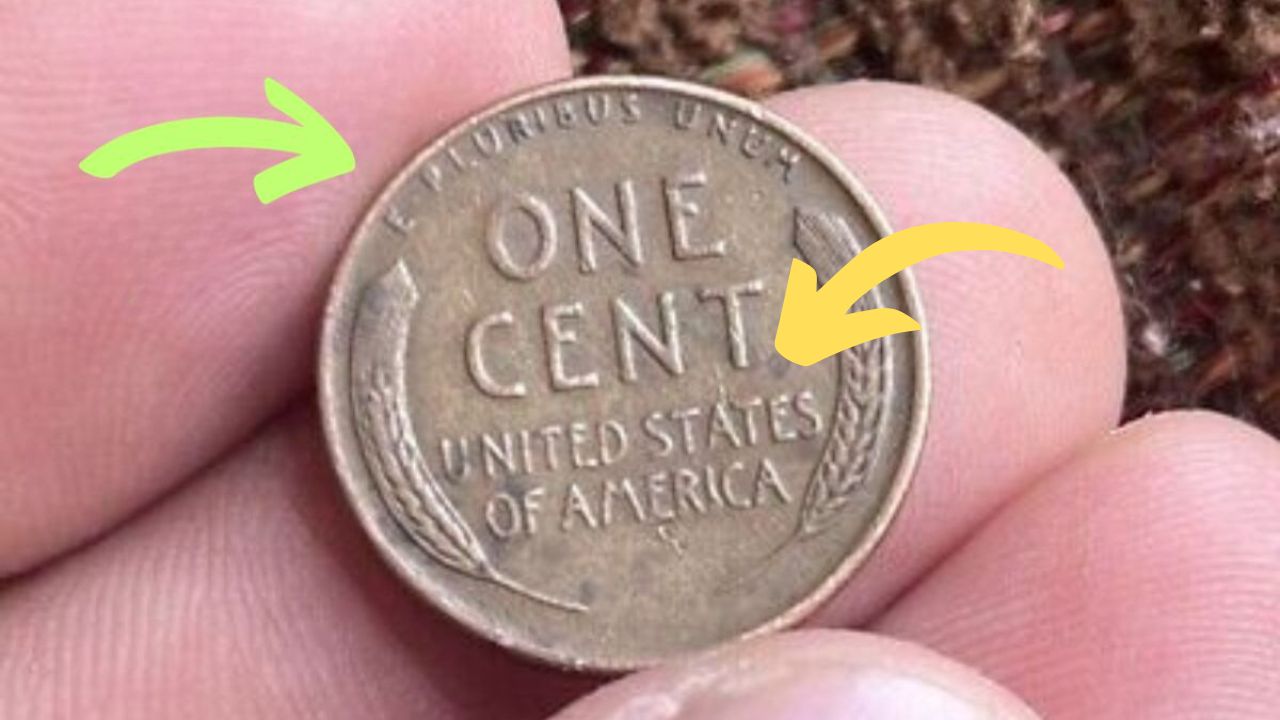Most people barely give a second thought to pennies. They’re just small coins, often overlooked. But the Lincoln Wheat Penny is far from ordinary. When it first appeared in 1909, it marked a historic change in American coinage. For the very first time, a real person—President Abraham Lincoln—replaced the traditional symbols like Lady Liberty or the bald eagle on a circulating coin.
The Iconic Design That Stands the Test of Time
Sculpted by Victor David Brenner, the Lincoln Wheat Penny features Lincoln’s dignified profile on the front and two wheat stalks on the back. Those wheat stalks represent the strength and roots of American agriculture, a powerful symbol for the nation at the time. This design remained popular and in circulation until 1958, earning the nickname “Wheat Penny” from collectors and history buffs alike.
Why Some Lincoln Wheat Pennies Are Worth Millions
The Lincoln Wheat Penny became more than just loose change; it became a piece of American history—and in rare cases, a small fortune. Certain versions of this penny have sold for mind-blowing amounts, including one valued at a staggering $124 million. What makes these pennies so valuable? It’s all about rarity, historical context, and condition.
The Legendary 1943 Copper Penny Error
During World War II, copper was needed for ammunition and military equipment, so in 1943, pennies were made from zinc-coated steel instead of copper. However, a few copper blanks from 1942 were accidentally stamped with the 1943 date, creating one of the rarest and most sought-after coins in American history.
Only about 20 of these copper 1943 pennies are known to exist today. Their rarity and story have made them worth millions, sometimes fetching prices higher than famous artworks. Finding one in your spare change would be like discovering hidden treasure.
Other Rare Wheat Penny Variations to Watch For
The 1943 copper penny may grab the headlines, but several other Wheat Pennies are highly collectible and valuable:
- 1909-S VDB: Featuring the designer’s initials “VDB” on the back, these pennies were quickly pulled from circulation due to public complaints, making surviving coins extremely rare.
- 1955 Double Die: A minting error caused Lincoln’s face and lettering to appear doubled, creating a striking visual effect prized by collectors.
- 1922 No D: Some Denver-minted pennies from 1922 lack the “D” mint mark entirely, making them a rare find.
Your Change Jar Could Be Hiding a Fortune
Surprisingly, many of these rare pennies are still out there, tucked away in old collections, estate sales, or even a family’s coin jar. Most people don’t realize what they’re holding because these coins look like ordinary pennies at first glance.
Want to hunt for treasure? Start by looking for the wheat stalk design on the back — only pennies made before 1959 have it. Then check for key dates like 1909, 1943, and 1955. If you find a 1943 penny, try the magnet test: if it sticks, it’s the common steel version. If not, you could have a rare copper penny. Remember, professional verification is essential before jumping to conclusions about value.
The Enduring Fascination with Lincoln Wheat Pennies
The idea that a $124 million penny could be hidden in someone’s coin jar sparks excitement among collectors and casual coin enthusiasts alike. Whether you’re a seasoned numismatist or just starting to explore coin collecting, the Lincoln Wheat Penny is a reminder that even the smallest objects can carry incredible stories—and potentially enormous value.
